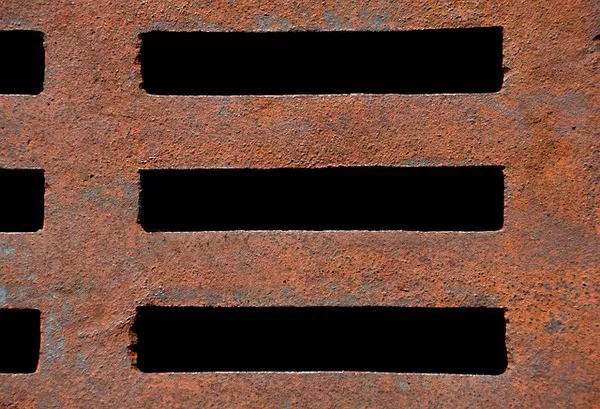Sewage treatment plants play a pivotal role in maintaining public health and preserving the environment. They ensure that wastewater from homes, businesses, and industries is treated before being released into natural water bodies. However, building and operating a sewage treatment plant involves substantial financial investments. In this article, we will delve into the various factors that influence the cost of sewage treatment plants, providing insights into the planning, construction, and ongoing operational expenses.
Planning and Design Costs
Engineering and Design Fees:
The first step in constructing a sewage treatment plant is planning and design. This involves hiring engineering consultants and architects to create detailed plans and specifications. These professionals assess local regulations, environmental concerns, and the specific needs of the area. The cost for this phase can vary greatly depending on the complexity and scale of the project. Smaller projects might require less extensive planning, while larger facilities demand comprehensive design work.
Site Assessment:
A crucial aspect of sewage treatment plant construction is site assessment. Soil testing, geotechnical studies, and topographical surveys are necessary to determine the suitability of the chosen location. Unforeseen challenges in site preparation can significantly impact project costs.
Construction Costs
1. Equipment and Materials:
The bulk of the cost in sewage treatment plant construction is associated with procuring equipment and materials. This includes pipes, tanks, pumps, screens, and various treatment technologies like activated sludge systems, biological filters, or membrane bioreactors. The choice of technology depends on the specific project requirements and local environmental regulations. Cutting-edge technologies often come with higher upfront costs but may offer long-term operational efficiencies.
2. Labor Costs:
The cost of labor is a substantial component of the construction budget. Skilled workers are needed for installation, welding, electrical work, and plumbing. Labor costs can vary significantly depending on location, labor availability, and labor union agreements.
3. Land Acquisition and Preparation:
If the land for the sewage treatment plant needs to be acquired or prepared, it can be a significant expense. This may include land purchase, clearing, grading, and infrastructure development, such as access roads.
4. Environmental Compliance:
Environmental regulations and permits can drive up costs. Compliance with water quality standards and discharge limits requires the installation of specialized treatment systems, which can be expensive. Failure to meet these regulations can result in fines and ongoing operational costs for corrective actions.
Operational Costs
1. Energy Consumption:
Running a sewage treatment plant requires a substantial amount of energy to power pumps, blowers, and other equipment. The cost of electricity can be a significant ongoing expense. Efficient equipment and processes can help mitigate these costs.
2. Chemicals and Consumables:
Chemicals like chlorine, polymers, and other additives are often needed to enhance the treatment process. Consumables like replacement parts and lubricants also add to the operational budget. The cost depends on the treatment method and the volume of wastewater treated.
3. Maintenance and Repairs:
Routine maintenance and repairs are essential to keep the sewage treatment plant running smoothly. Regular inspections, cleaning, and servicing of equipment can prevent costly breakdowns and extend the life of the facility.
4. Labor and Staffing:
Sewage treatment plants require skilled operators to monitor and control processes, perform maintenance, and respond to emergencies. Staffing costs include salaries, benefits, and training.
Unforeseen Costs
Regulatory Changes: Changes in environmental regulations or stricter discharge limits may necessitate plant upgrades or modifications, leading to unexpected expenses.
Emergency Repairs: Unexpected breakdowns or emergencies can require immediate repairs, which may come with additional costs.
Environmental Impact: Mitigating the environmental impact of sewage treatment plants, such as odor control, can lead to additional expenses.
FAQs
Can a sewage treatment plant be cost-effective in the long run?
Yes, while the initial construction costs of sewage treatment plants can be substantial, they can be cost-effective in the long run by preventing pollution, protecting public health, and complying with environmental regulations. Efficient design, technology choices, and proactive maintenance can contribute to cost savings over time.
How do environmental regulations affect sewage treatment plant costs?
Environmental regulations play a significant role in determining sewage treatment plant costs. Stricter regulations may require the installation of advanced treatment technologies and additional monitoring systems, which can increase both initial construction and ongoing operational costs.
Are there grants or funding options available for sewage treatment plant projects?
Depending on the region and the nature of the project, there may be government grants, subsidies, or financing options available to help offset the costs of sewage treatment plant construction. These programs often prioritize projects that improve water quality and protect the environment.
What are the benefits of investing in advanced sewage treatment technologies?
Investing in advanced sewage treatment technologies can lead to improved treatment efficiency, reduced energy consumption, and lower long-term operational costs. Additionally, these technologies may help achieve better water quality standards and ensure compliance with environmental regulations.
How can municipalities plan for unexpected sewage treatment plant expenses?
Municipalities can plan for unexpected expenses by establishing reserve funds or budgets for emergency repairs and upgrades. Regularly reviewing and updating the plant’s infrastructure and processes can also help identify potential issues before they become costly problems.
Conclusion
Sewage treatment plants are vital components of modern infrastructure, providing essential services for public health and environmental protection. Understanding the cost factors involved in planning, constructing, and operating these facilities is crucial for municipalities, businesses, and communities alike. While the initial investment can be significant, it is essential to consider the long-term benefits and environmental impact of sewage treatment plants. Careful planning, adherence to regulations, and proactive maintenance can help manage costs and ensure the efficient and sustainable operation of these critical facilities.


